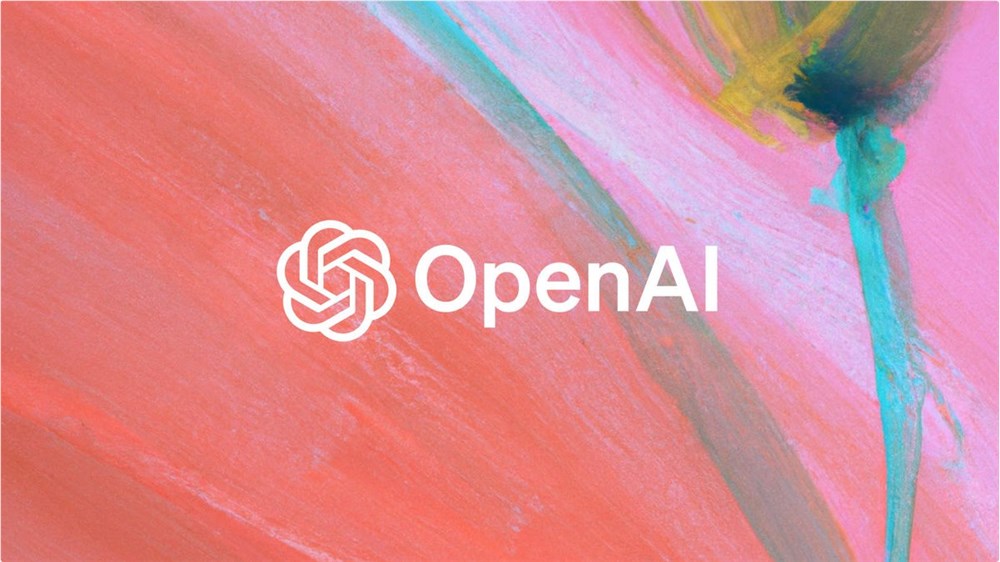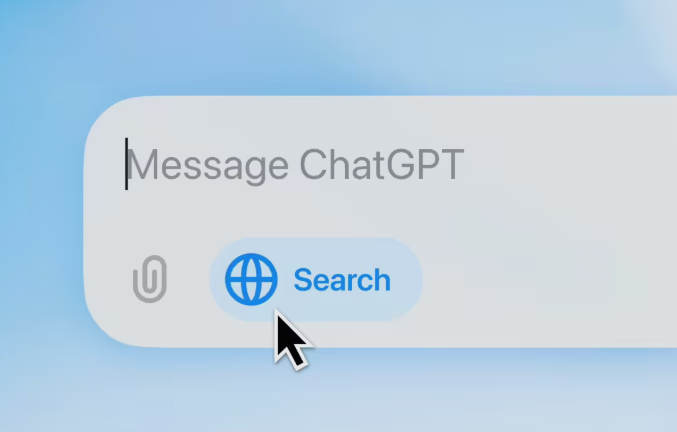At the forefront of technology, Brain-Computer Interface (BCI) technology is continuously pushing boundaries, bringing new hope to those who have lost mobility due to illness. Synchron, a pioneer in implantable BCI technology, is attempting to integrate OpenAI's ChatGPT into its system to help paralyzed patients control their digital devices more easily.
Synchron's BCI technology can be implanted without craniotomy, and the latest integrated ChatGPT technology is reportedly the first attempt in the world of BCI. Through conversations with Synchron's founding CEO, Tom Oxley, and Mark, a patient involved in clinical trials, we get a glimpse of the user experience and future direction of this technology.
Mark was diagnosed with Amyotrophic Lateral Sclerosis (ALS) in 2021, and his hand function has almost completely deteriorated. As one of the only 10 patients worldwide to receive Synchron's BCI implant, Mark demonstrated how to type and communicate using the ChatGPT-assisted BCI system. With the AI's contextual understanding capabilities, the system can predict and provide possible response options, speeding up communication.

Image source note: The image is generated by AI, authorized service provider Midjourney
Now, Mark no longer needs to type each word individually but can fill in answers with a single "click". The system also provides a refresh button to correct the AI's answers when they are inaccurate. Mark noticed that over time, the AI's answers became increasingly aligned with his language habits.
Tom Oxley said that Synchron has been experimenting with different AI models over the past year, and OpenAI's release of ChatGPT-4o in May has brought some new possibilities. The "o" in ChatGPT-4o stands for "omniscient," meaning this latest version can process text, audio, and visual inputs simultaneously to guide its output.

Oxley was particularly interested in an OpenAI demonstration where a visually impaired man used ChatGPT-4o to describe his surroundings and even hailed a taxi for him. Oxley envisions a similar future for BCI: large language models like ChatGPT obtain relevant text, audio, and visual context to provide users with relevant prompts that they can choose via BCI.
Oxley also mentioned that Synchron is not limited to any specific large language model. In the rapidly evolving AI field, the system that best serves patient needs will be the one Synchron adopts.
Synchron's implant, called the stentrode, is placed in the blood vessels near the brain's motor cortex. When using Synchron BCI to click or select, users only need to imagine moving, and the BCI interprets these thoughts and wirelessly transmits them to execute the desired operation on the user's device.
The cost of Synchron's BCI is expected to be between $50,000 and $100,000, comparable to other implantable medical devices such as pacemakers or cochlear implants. Although no BCI has yet received market approval from the U.S. Food and Drug Administration, Synchron hopes to change this. Although the process may take several years, Synchron's BCI is already making an impact.
Mark said that for anyone potentially in a similar situation, "hope is on the horizon." At the end of our conversation, he encouraged people to participate in finding solutions, "Anything I can do to help others, I believe that's why we're here."
Reference: https://www.cnet.com/tech/computing/how-this-brain-implant-is-using-chatgpt/










